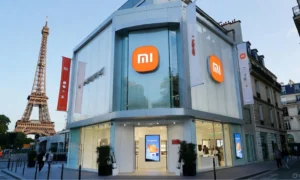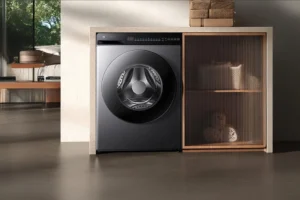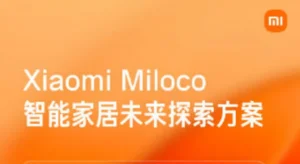Xiaomi 14 vs. Xiaomi 13: The Ultimate Showdown
At Xiaomi for All, we’re always excited when the next generation of a flagship product launches. As our dedicated readers know, Xiaomi has just unveiled their latest premium models, setting the tone for the year to come. This time, they’ve introduced a plethora of advancements, taking us far beyond mere hardware enhancements: Xiaomi 14 vs. Xiaomi 13.
Display Wonders
The Xiaomi 14 and 14 Pro screens shine with a peak brightness of 3,000 nits, placing them among the market’s most radiant displays. With the 14 boasting a 1.5K resolution (2670 x 1200 px) and the 14 Pro reaching up to 2K (3200 x 1440 px), clarity is at its peak. Both versions maintain a variable refresh rate from 1 to 120 Hz, ensuring crisp and smooth visuals.
Contrastingly, the earlier generation, though commendable, doesn’t touch these heights. The Xiaomi 13 Pro matches the 14 Pro’s resolution, but there’s a noticeable gap between the 13 and 14.

Hardware Evolution
Thanks to Qualcomm’s latest chip revelation, both the Xiaomi 14 and 14 Pro are powered by the Snapdragon 8 Gen 3. This beastly chip offers a performance boost of 30% over its predecessor, the Snapdragon 8 Gen 2, even outperforming Apple’s A17 Pro in benchmarks. Additionally, this hardware marvel is designed for optimal energy efficiency, which translates to longer usage times between charges.
The RAM in the 14 Pro now reaches up to 16 GB, a leap from the previous generation’s 12 GB. Storage capacity too has taken a jump, now offering up to 1 TB, surpassing the Xiaomi 13 and 13 Pro’s 512 GB.
Capturing Moments with Precision
Xiaomi’s ongoing partnership with Leica ensures its devices remain competitive in the photography arena. The Xiaomi 14 Pro, in particular, is equipped with a primary sensor boasting a variable aperture ranging from f/1.42 to f/4.0. This ensures enhanced depth of field effects, perfect for portrait photography.
Furthermore, Xiaomi promises a 2x digital zoom without quality loss, making this generation arguably the best in terms of photographic prowess.
HyperOS: The Software Leap
With the anticipated global launch of the Xiaomi 14 featuring HyperOS, we’ve dissected the disclosed details. One major visual shift in HyperOS compared to MIUI is a redesigned control center. This hub is where all ecosystem device operations converge.
Xiaomi’s innovative approach to OS optimization means HyperOS takes up just 8.75 GB of space. Even update sizes have been reduced by a staggering 79%, and they install 24% faster. Application installation speeds for third-party apps have improved by 15%.
Comparison Table: Xiaomi 13 Series vs. Xiaomi 14 Series
| Specification | Xiaomi 13 | Xiaomi 13 Pro | Xiaomi 14 | Xiaomi 14 Pro |
|---|---|---|---|---|
| Display | AMOLED 6.36″, 2400 x 1080 px | AMOLED 6.73″, 3200 x 1440 px | AMOLED LTPO 6.36″, 1.5K | AMOLED LTPO 6.73″, 2K |
| Processor | Snapdragon 8 Gen 2 | Snapdragon 8 Gen 2 | Snapdragon 8 Gen 3 | Snapdragon 8 Gen 3 |
| RAM | 8 GB, 12 GB | 8 GB, 12 GB | 8 GB, 12 GB, 16 GB | 12 GB, 16 GB |
| Storage | 128 GB, 256 GB, 512 GB | 128 GB, 256 GB, 512 GB | 256 GB, 512 GB, 1 TB | 256 GB, 512 GB, 1 TB |
Ultimately, the decision to upgrade from the Xiaomi 13 to the Xiaomi 14 is personal. However, we hope this in-depth comparison aids you in making an informed choice.
Xiaomi 14 vs. Xiaomi 13
Dive into our comprehensive comparison between Xiaomi 14 and Xiaomi 13, exploring the best of display, hardware, photography, and software enhancements.
Tags: Xiaomi, Xiaomi 13, Xiaomi 14, Xiaomi Pro, Snapdragon 8 Gen 3, Leica, HyperOS, AMOLED, photography, hardware.







5 thoughts on “Xiaomi 14 vs. Xiaomi 13: The Ultimate Showdown”